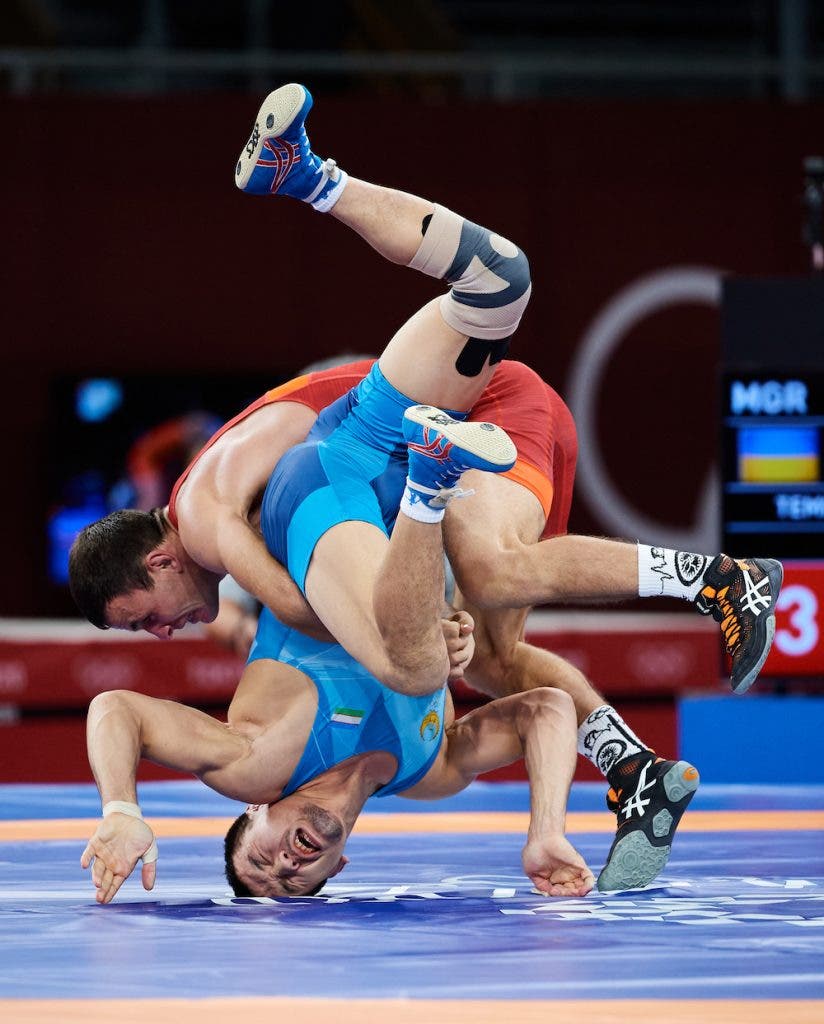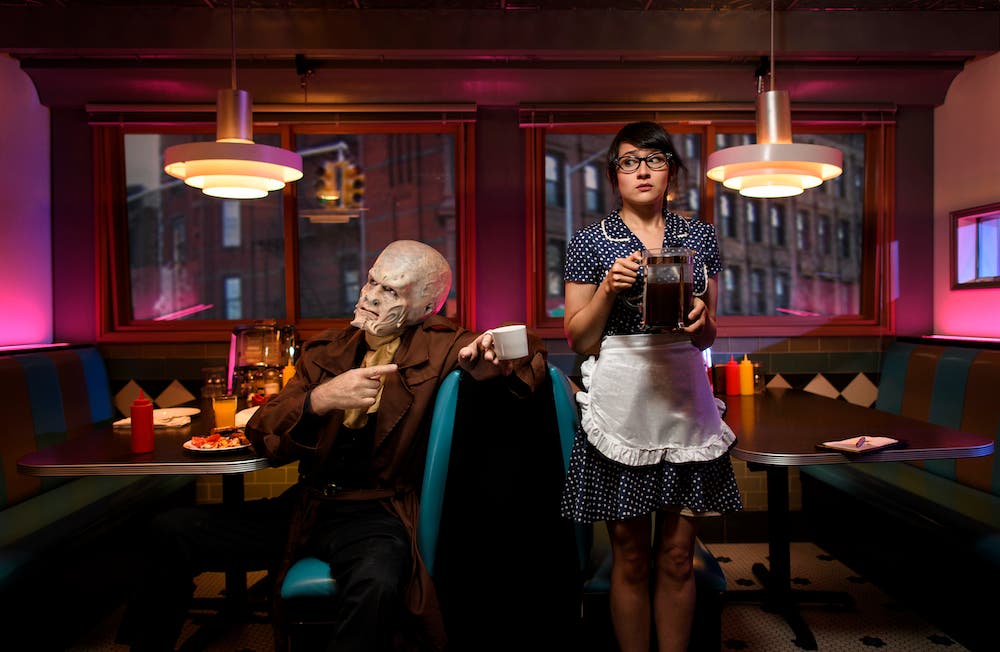Every job is different, hence the camera gear in every photographer’s bag is different. There are some constants. Although — being a general assignment photographer — my jobs have ranged from me shooting alone with a couple cameras, to movie-scale productions with a full crew. Adaptability is just as important as any piece of equipment in your camera bag. With that being said, let’s get into what gear I usually have in my camera bag as a storytelling photographer.
My Cameras
I’ve been a Nikon shooter for my whole career, and I’m very honored to be a Nikon Ambassador. At this point, I shoot with a Nikon Z 9 Camera all the way. It’s been a huge and rapid change for me. Four years ago, in my camera locker, I had eight DSLR style cameras. Now, I just have three Z 9 cameras. This camera is a monster. It’s extremely fast and appropriate to any job I might get. I can shoot RAW in the studio at ISO 64, or take it in the field and shoot an excellent JPEG at 120 frames per second. It’s high-speed sync capability and continuous view of your subject is huge. I shot the Tokyo Olympics on Nikon D6 cameras, which have great resolution and phenomenal auto focus. But, harking back to the Games, as excellent as the D6 is, I wish I had the Z 9.

My Lenses
Favorite Lens
My favorite lens is just my most-used lens. The question I ask before bringing something along on a job is, “Is it useful?” For me, the Nikkor S series 24-70mm f2.8 Lens is just that. It covers the waterfront for a photographer such as myself. I can do environmental portraiture with it and use it for scene setters, or what we called in my newspaper days as a “general view.”

Most “Exotic” Lens
I will never ditch my tried-and-true Nikkor 200mm f2 Lens. It’s an F mount lens but works perfectly on my Z 9 cameras via the FTZ adapter. The lens is razor sharp. In fact, it might be the sharpest telephoto I’ve ever used. Drop the AF cursor on the eye, and the DOF drop is stunningly beautiful.

Other Glass
Other lenses I use often are the Nikkor S Series 14-24mm f2.8 Lens, and the Nikkor S Series 70-200mm f2.8 Lens. If I get beyond that first tier, I will go with a Nikkor S Series 50mm f1.2 Lens, and perhaps a 105mm f2.8 Macro Lens. Within this grouping, I can shoot just about any job.
Longer Glass Options
I am absolutely a fan of long glass. The power and compression of long lenses can transform a scene. And, if I feel like I want to shoot long glass for a particular reason, I will often time experiment with over-lensing a situation. In other words, if you think you might want to go big, try winging it with something even bigger.
Let me explain. I brought a Nikkor 800mm f5.6 Lens to Greco-Roman wrestling at the Rio Olympics. This lens was way too long. But what I wanted was to express the human architecture of wrestling. Many, many other photographers were there, obviously, so in a quixotic attempt to do something different, I over-lensed. The price you pay for this is you will miss the crucial pin or throw. You will simply be too tight for that kind of action.

This is the same thing with an 800mm look at the hurdles. It’s great graphically, but it’s too much lens to get much of anything at the finish line, which is where the critical news of the day happens. You must make a choice, pending your mission. Can you freelance this a bit? Or do you have to go with the “right” lens?

I can’t tell you how much I love the 800mm focal length and, now with new materials and construction, the Nikkor S Series 800mm Lens is extremely hand-holdable. For a slice of the city from the air, it’s amazing.

And, the beautiful thing is, you don’t have to go to 800mm. Nikon, for instance, makes a super light and sharp F Mount 300mm f4 Lens that is smaller than the 70-200mm.
My Lighting
I have been known to use Nikon speedlights. More specifically, the radio-controlled SB-5000 units are phenomenally good.

But, over the last several years as jobs have demanded more power, I am working mostly with Profoto lights. I use the A10 units. These lights have the beauty of being a very powerful, smart hot-shoe style light and doubling as a commander for other lights.
I also depend relentlessly on the B10X Plus units. I supplement their punch with the new Profoto A2, which I refer to as the soda can light due to its small size and shape. Of course, for bigger jobs, there is the Pro-11 and Pro heads which — simply put— is the best engineered big flash in the world.

Camera Supports
I’ve been using Gitzo forever. They can be an expensive piece of gear, but their products can stick with you for literally your whole career. For my long glass options , I need an excellent tripod for big jobs as a storytelling photographer.
Check out more of my work in AdoramaTV’s new docuseries, THE MASTERS.






